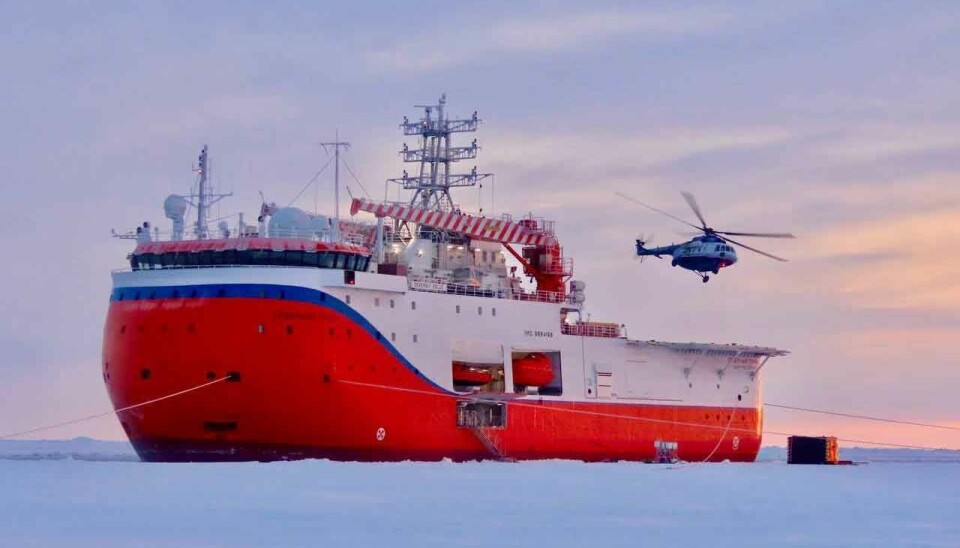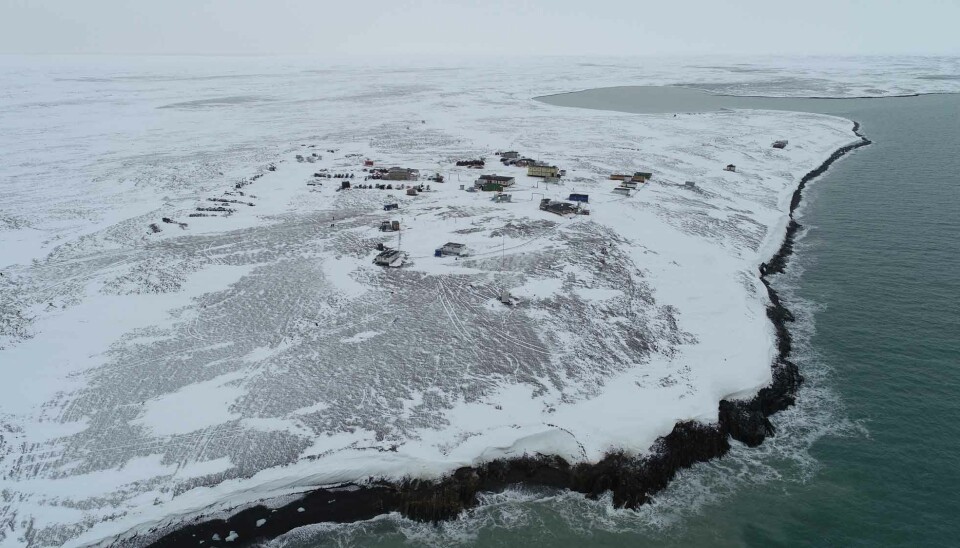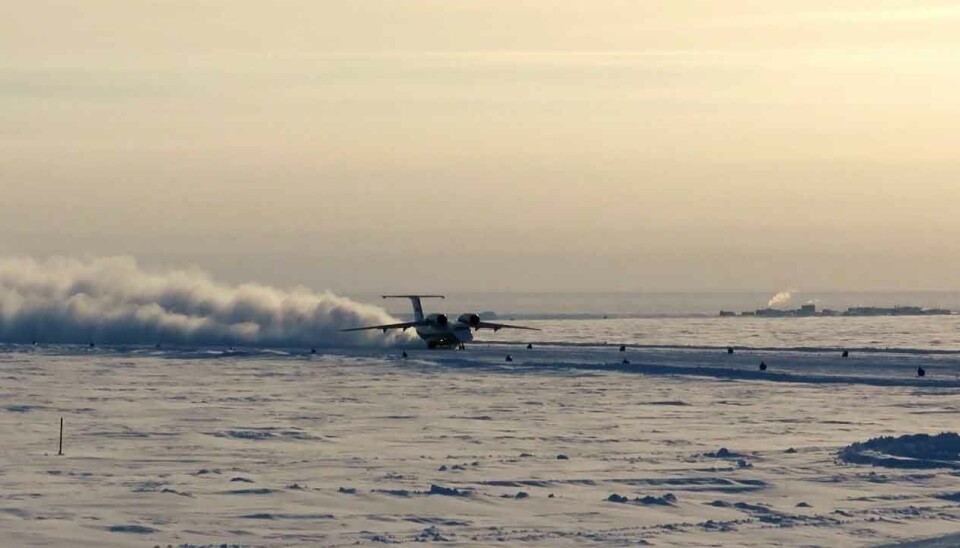
Helicopters flew 1,000 km to North Pole base in unique crew change operation
Two helicopters took off from a base in Russia's far northern archipelago of Severnaya Zemlya and made it all the way to the drifting Arctic research station at 85° North.
The MI-8 MTB helicopters in late March flew from the Cape Baranov Ice Base in Severnaya Zemlya to the Severny Polyus (North Pole) research vessel in what is described as a historical logistical operation in the Arctic.
The operation was conducted under harsh weather conditions and included several fuelling stops, KrasAvia informs.
In the course of the operation that was conducted by air company KrasAvia in cooperation with the Russian Arctic and Antarctic Research Institute, 12 expedition members were replaced by 13 new researchers.
The distance between the Cape Baranov Ice Base and the Severny Polyus was reportedly about 1,000 km.

Over a 4-day period, the helicopters brought expedition crew members and equipment to and from the drifting research station. First, a so-called technical flight was made to a small island located 400 km at sea, where 900 litres of reserve fuel was unloaded and deposited. At the same time, the second copter flew all the way from Cape Baranov to the Severny Polyus where it refuelled and subsequently returned. The first round of flights brought equipment and supplies, while the second round included the group of researchers, the Russian Arctic and Antarctic Research Institute reports.

According to commander of KrasAvia's helicopter department Sergei Kuznetsov, all aspects of the operation, including the sea ice and weather, were carefully planned.
"Our air company has comprehensive experience from flying in Arctic conditions, but it was the first time that we conducted a flight to a drifting station. Our pilots and helicopters successfully coped with the task and we are confident that we also in the future can be useful for Russian researchers," he says in a comment.
Previously, exchange of crew members and delivery of supplies to the Severny Polyus was conducted in a comprehensive logistical operation that included ice-class research vessel Akademik Tryoshnikov.
In 2023, the Akademik Tryoshnikov sailed about 6,000 km in order to reach the Severny Polyus.
The vessel that has the shape of a bathtub set out on the North Pole-42 expedition in October 2024. As of late March 2025, the ship had drifted about 650 km and had reached a point at 85° North about 500 km away from the North Pole point.
The Severniy Polus was delivered from the shipyard in 2022. It is operated by the Russian meteorological service Roshydromet and is capable of undertaking geological, acoustic, geophysical and marine research under the harshest of Arctic conditions. On board are 15 labs where researchers can work year-round.
The research platform replaces Russia’s Arctic expeditions based on ice floes organised since the 1930s. The quickly vanishing Arctic sea-ice has made it increasingly hard to organise the expeditions and last real ice station, the “North Pole-40”, was held in the winter of 2012.













